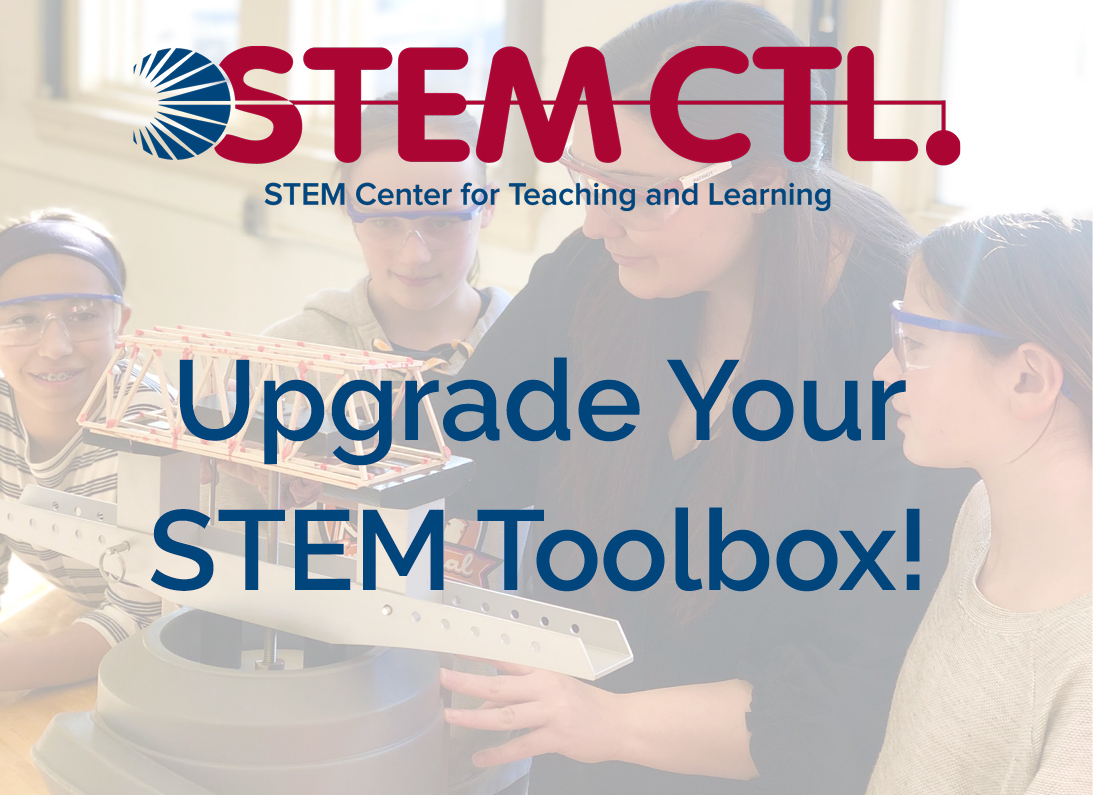A Brief History of ITEEA
The International Technology and Engineering Educators Association (ITEEA) is a nonprofit professional organization created in 1939 as the American Industrial Arts Association to support the study of the industrial arts in schools. That focus has shifted with the advancement of technology and the changing nature of the industrial world to a mission of promoting technological and engineering literacy, delivering innovation for all students through professionalism in the teaching and learning about technology and engineering. This focus has positioned the association as one of the prime players within the STEM education movement with primary interest in the “T and E” of STEM and utilizing an Integrative STEM Education approach.

The Association has been a constant advocate of strong teaching and learning methods used to advance curriculum and instruction that keeps pace with our rapidly advancing, highly sophisticated technological society. The Association’s name has been synonymous with major curriculum efforts that have spawned over decades of technology teaching, particularly during the 1960s during the launch of numerous curriculum efforts. These curriculum efforts were widely practiced until the advent of the standards movement. The standards brought with them clear descriptions of what each student should know and be able to do as it related to technological literacy. The standards were quickly supported by a curriculum effort currently known as Engineering byDesign™. Today, those efforts continue to advance technological literacy and engineering design practices through ITEEA’s STEM Center for Teaching and Learning™ (STEM CTL™).
ITEEA has benefited from a rich history of over 80 years of continuously evolving learning experiences. In humankind’s constant quest to improve our lives, ITEEA has worked to connect science, technology, design, and engineering in forward-thinking ways. The Association’s continued efforts are engineered to make possible a next generation technological workforce to meet 21st century needs.


